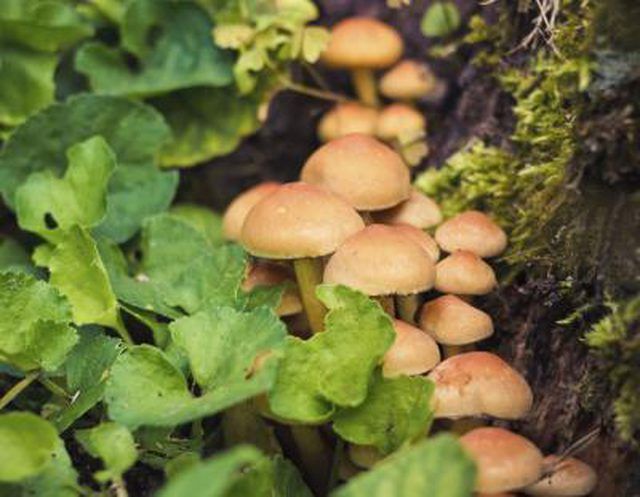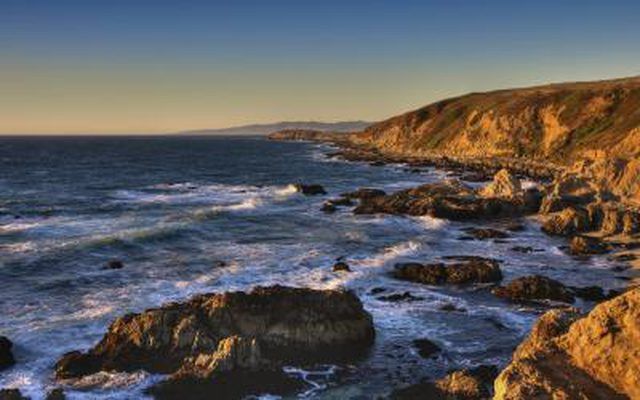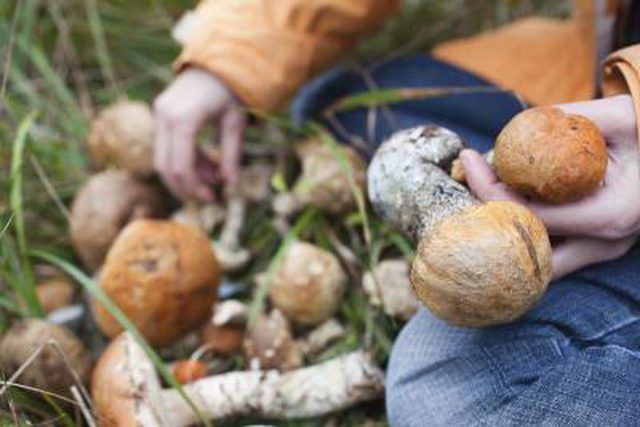Bulbs
Flower Basics
Flower Beds & Specialty Gardens
Flower Garden
Garden Furniture
Garden Gnomes
Garden Seeds
Garden Sheds
Garden Statues
Garden Tools & Supplies
Gardening Basics
Green & Organic
Groundcovers & Vines
Growing Annuals
Growing Basil
Growing Beans
Growing Berries
Growing Blueberries
Growing Cactus
Growing Corn
Growing Cotton
Growing Edibles
Growing Flowers
Growing Garlic
Growing Grapes
Growing Grass
Growing Herbs
Growing Jasmine
Growing Mint
Growing Mushrooms
Orchids
Growing Peanuts
Growing Perennials
Growing Plants
Growing Rosemary
Growing Roses
Growing Strawberries
Growing Sunflowers
Growing Thyme
Growing Tomatoes
Growing Tulips
Growing Vegetables
Herb Basics
Herb Garden
Indoor Growing
Landscaping Basics
Landscaping Patios
Landscaping Plants
Landscaping Shrubs
Landscaping Trees
Landscaping Walks & Pathways
Lawn Basics
Lawn Maintenance
Lawn Mowers
Lawn Ornaments
Lawn Planting
Lawn Tools
Outdoor Growing
Overall Landscape Planning
Pests, Weeds & Problems
Plant Basics
Rock Garden
Rose Garden
Shrubs
Soil
Specialty Gardens
Trees
Vegetable Garden
Yard Maintenance
Guide to Wild Mushrooms of Northern California
Guide to Wild Mushrooms of Northern California. Wild mushrooms have been a food source for centuries. Collecting them requires extensive knowledge and skill to know which are safe. Thousands of varieties of mushrooms exist, but only a small percentage of those are edible.
Wild mushrooms have been a food source for centuries. Collecting them requires extensive knowledge and skill to know which are safe. Thousands of varieties of mushrooms exist, but only a small percentage of those are edible.

Because of the huge numbers of mushroom species, it is vital to know which are edible. The Soma County Mycological Association lists 171 known edible mushrooms in northern California.

In northern California, mushroom hunting is restricted on much of the pubic land, but some parks will allow collecting if it is for personal use and not for resale. It is important to know which mushroom is which, so anything collected must not be eaten until it is 100 percent verified to be edible.

Even with the greatest of care, mistakes can still be made. If there is the slightest chance that anyone, or a even the family dog ate a poisonous mushroom, help must be sought. The Soma County Mycological Association provides a free helpline to assist in mushroom identification. If a mushroom that is poisonous is eaten, seek emergency medical help and California's Poison Control System.
